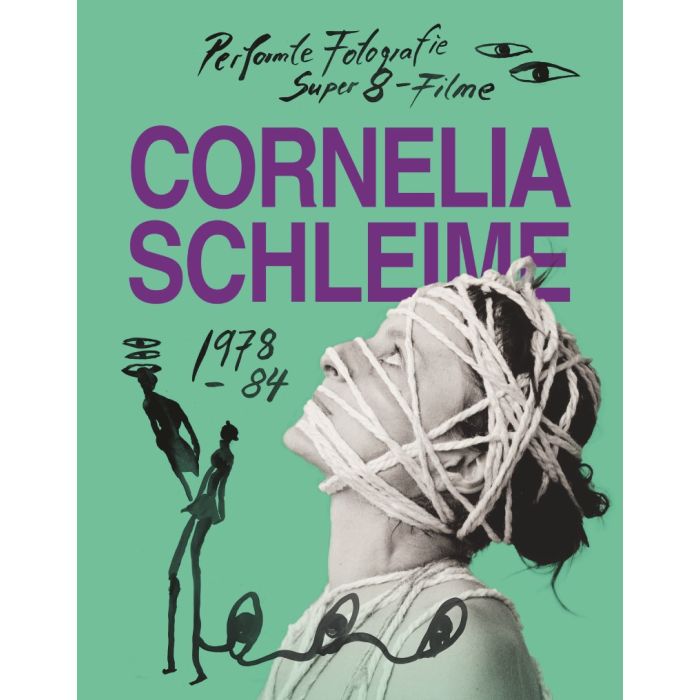My Cart
Your cart is empty
Looks like you haven't made your choice yet.
- Subtotal
Cornelia Schleime

Performte Fotografie und Super-8-Filme in der DDR 1978–1984
- Walther & Franz Koenig Verlag
- by Juerg Judin, Pay Matthis Karstens, Lena Fritsch
More Information
| Publisher | Walther & Franz Koenig Verlag |
|---|---|
| ISBN | 9783753304250 |
| Author(s) | by Juerg Judin, Pay Matthis Karstens, Lena Fritsch |
| Publication date | December 2024 |
| Edition | Paperback |
| Dimensions | 294 x 230 mm |
| Illustrations | 208 col.ill. | 210 bw.ill. |
| Pages | 448 |
| Language(s) | Eng/ Germ. edition |
Description
Cornelia Schleime is the grande dame of German painting. Her fictional portraits convey self-confidence and strength. They celebrate the uniqueness, dignity, and sovereignty of the individual. The fact that these figures resist heteronomy, egalitarianism and oppression can be traced back to her autobiography. In the GDR, the artist was spied upon and harassed.
The authorities tried to silence and dishearten Schleime-but she pursued her quest without fear, offering artistic resistance. In photographs and films, she demonstrated what the regime was putting her through, depicting herself bound and gagged. Never as the victim, however! She is always the steadfast rebel-or to borrow the title of one of her works: "I'm not going to just hold my breath!"
For the very first time, this book presents the artist's performed photographs and Super 8 films, which she created in the GDR in protest against the SED regime, offering a completely new reading of Schleime's work, which is not only of art-historical but also of political significance.

Cornelia Schleime
